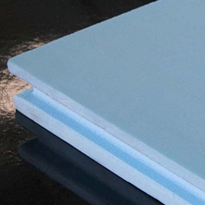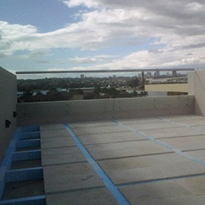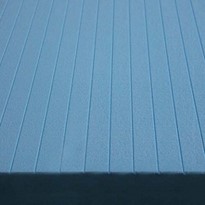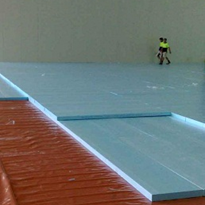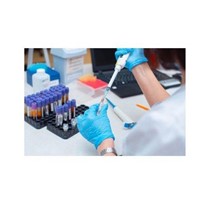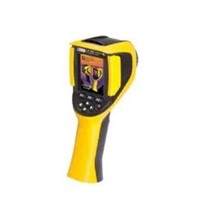The Insights from the Field series features insight from FLIR experts who recommend, deploy, and use thermal imaging technology every day. Join us as we discuss the diverse applications of thermal technology in security, safety, and equipment protection for critical infrastructure.
From commercial skyscrapers to industrial manufacturing plants to data centers, critical facilities must maintain a safe and secure environment for optimal operation. To meet this need, more building teams are deploying thermal cameras to enhance intrusion detection at the perimeter as well as to streamline elevated skin temperature screening at entry points. Today, facility directors are also increasingly using thermal cameras for building diagnostics to detect problems and proactively resolve issues for preventive maintenance.
UNDETECTED PROBLEMS
Without tools to quickly diagnose building issues, they remain hidden and escalate in severity. A misaligned Heating Ventilation and Air Conditioning (HVAC) duct can result in air leaks that blow excessive heat into an office space, creating a highly uncomfortable working environment for employees. A clogged or broken pipe in a plumbing system left untreated can cause water leaks and mold. A loose or hot electrical connection can lead to heat buildup that causes a circuit failure and power outage. All of these scenarios lead to system downtime, business disruption, and financial losses. This is why it is so important for facility managers and maintenance teams to detect issues prior to failure and leverage technologies that keep building systems running smoothly.

Thermal imaging helps pinpoint facility issues, such as leaking air ducts.
EVALUATING THE OPTIONS
While an air leak, water intrusion, or overloaded circuit may not be visible to the naked eye, these issues are clearly visualized with thermal technology. All objects emit radiation, or put simply, heat. Thermal sensors measure the heat signatures of all objects and reflect the minute differences in images. Taking it a step further, radiometric thermal cameras yield images that show temperature values.
When it comes to surveying building systems using thermal or infrared technology, there are two common options for inspectors: infrared thermometers and radiometric handheld thermal cameras. IR thermometers are cost-effective options that yield a temperature measurement of a single surveyed spot. Radiometric thermal cameras yield temperature measurements across thousands of spots. This is because each pixel in a radiometric thermal image provides a temperature measurement, providing a much more extensive and holistic understanding of the surveyed area.

Each pixel in a radiometric thermal image is a unique temperature data point. Colour palettes assign a specific colour to each pixel based on its temperature, creating an easily-interpreted image.
Consequently, inspectors opt for radiometric handheld thermal cameras time and time again for their many benefits. First, these thermal cameras yield greater scanning coverage, which leads to faster detection. Thermal cameras are a non-contact screening tool, which allows inspectors to monitor energized equipment, like live electrical components, from a safer distance. Yielding detailed imagery, thermal cameras offer a more comprehensive view of a problem. These thermal images serve as evidence to substantiate a diagnosis as well as verify that an issue was fixed, enhancing credibility for inspectors as well as quality assurance. Thermal cameras also act as a differentiating tool, distinguishing well-equipped inspectors from other contractors.
SCENARIOS TO USE THERMAL
There are many different building diagnostic applications. Here are a few notable scenarios where using radiometric thermal cameras makes a difference.
- Building Envelope Surveys and Energy Loss – The health of a facility’s envelope, or enclosure, is directly related to that facility’s energy usage. A large percentage of commercial buildings are using energy inefficiently or unnecessarily. To detect these issues, inspectors can use handheld thermal cameras for building envelope surveys to inspect floors, roofs, walls, windows, and doors. Thermal images enable inspectors to see building cracks that result in energy loss. By using a thermal camera, inspectors can visualize the patterns associated when cold air flows through a leak in the construction, which results in the unintentional cooling of an area. Air leaks can account for up to 50 percent of energy consumed for heating purposes. Additionally, thermal cameras can also help inspectors detect other building envelope issues such as finding missing or defective insulation, locating moisture buildup in insulation, and identifying water infiltration in flat roofs and more.
- HVAC Efficiency and Cost-Savings – Keeping HVAC systems running smoothly and effectively in large buildings is essential to the air quality, temperature, and overall satisfaction of building tenants. An efficient HVAC can also help to lower energy costs and minimize expenses for facility owners. In one instance, a city government deployed a high-efficiency HVAC system in their facility. However, instead of lowering costs, energy bills tripled in the span of a year. After an inspection, a radiometric thermal camera revealed the heating system was blowing hot air into a room simultaneously as the air conditioning system was blowing cold air. With this knowledge, maintenance personnel were able to pinpoint and fix the installation problem. The HVAC system then began to function as intended and the city saw cost-savings.
- Electrical and Mechanical Inspections – Heating and ventilation systems as well as critical motor systems rely on hundreds of electrical components to operate. A faulty component could melt a connection or cause circuit failure. Scanning components with a radiometric thermal camera can show whether there is a high current flow, loose connection, or load imbalance—all of which generate heat buildup and can be the first signs of a circuit problem in the future. All of this serves to help facility managers prevent equipment failure, avoiding unplanned downtime, and the potential to have to replace expensive equipment.
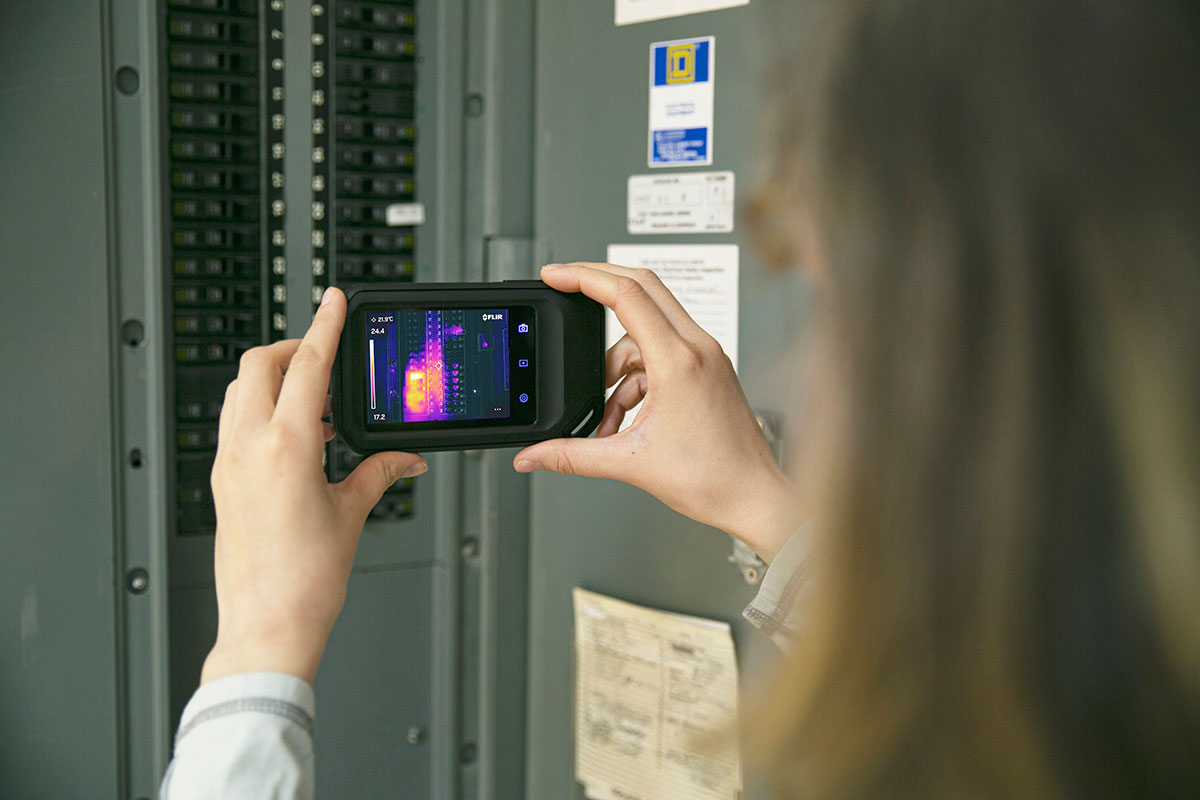
The FLIR C5 compact thermal camera helps quickly identify malfunctioning electrical components.
DEPLOYMENT TIPS
When detecting building issues using radiometric thermal cameras, strategic planning and preparation is key. Here are a few tips for facility, maintenance, and inspection personnel.
- Ask the Right Questions – What do you need to measure? From what distance? What level of image detail is needed? What temperature difference is required for the building inspection? Will the inspection be conducted in the winter or summer season? Will ancillary tests be needed to confirm the diagnosis? These questions will help define the task, select which solutions to use, and determine the best time to conduct the inspection.
- Select the Right Tool – It’s important to distinguish high-quality thermal cameras that yield accurate results from other options that are less reliable. Defining features of top-performing thermal cameras for building diagnostics include ruggedness, user-friendly interface, high resolution, and integration with a reporting software. Prime camera options from the FLIR portfolio include the FLIR C5, the Ex-Series and the Exx-Series.
- Maximize Deployment Success through Training – Hone your expertise and take a course from FLIR ITC Training Center to better understand thermal conductivity, emissivity, and environmental factors that affect temperature readings as well as to get support for your specific application.
- Scan from the Outside In – Conduct thermographic inspections working your way from the outside of the building to the inside. Scan the building exterior and search for missing insulation, thermal bridges, cold bridges, and more. Once completed, move to the inside, scanning the walls of each room. Finally, focus on specific systems such as HVAC units, electrical systems, motors, etc.


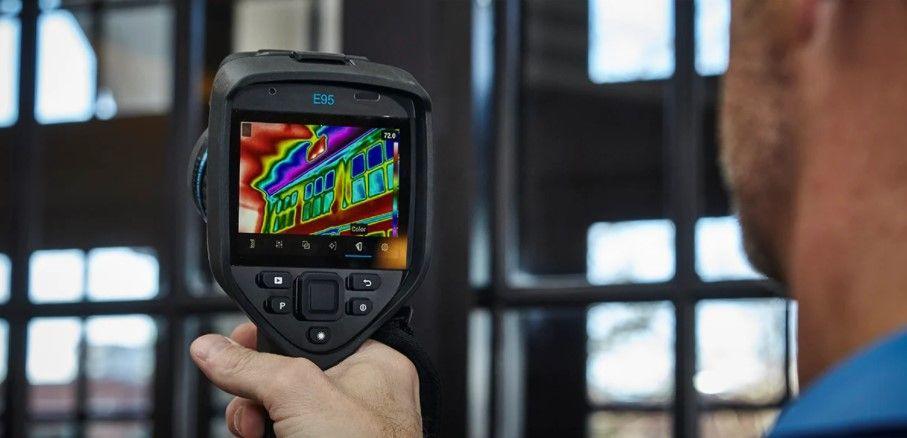

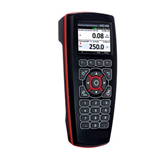
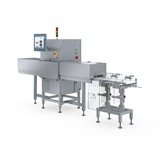
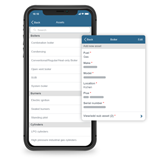
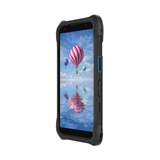



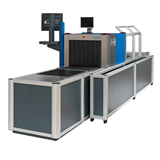

-160x160-state_article-rel-cat.png)
-160x160-state_article-rel-cat.png)
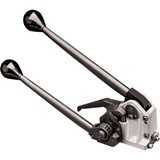
-160x160-state_article-rel-cat.png)




-160x160-state_article-rel-cat.png)
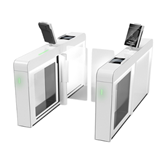
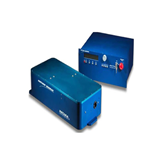
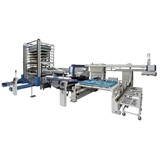

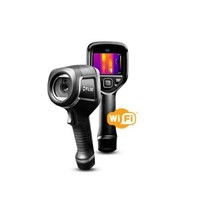
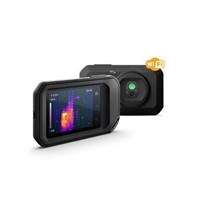
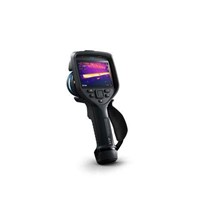
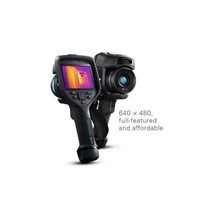
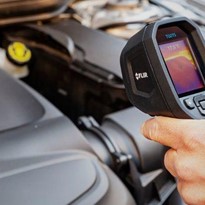
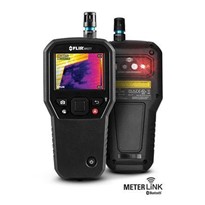
-205x205.jpg)

